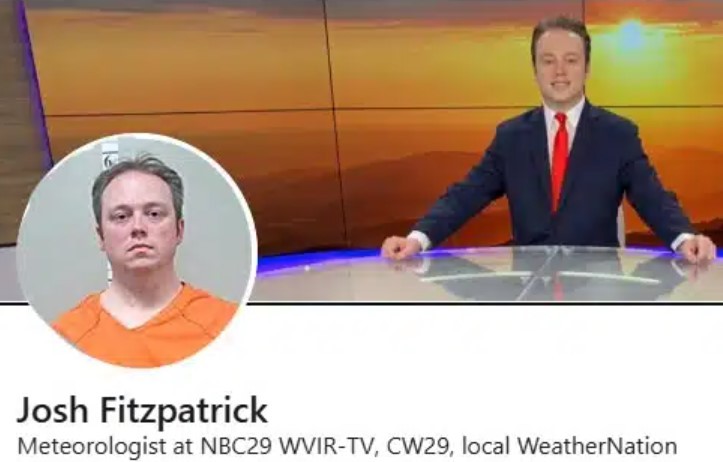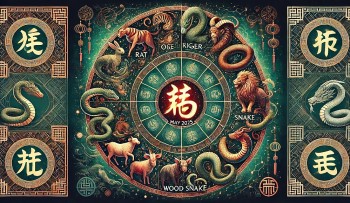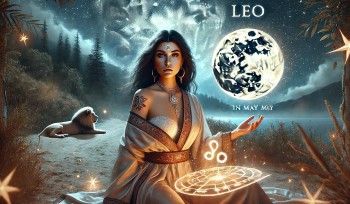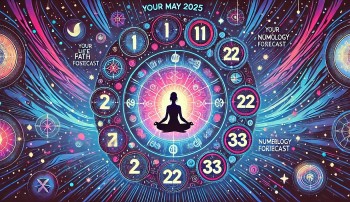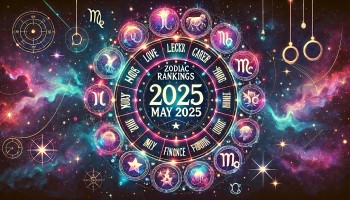Smiley Face in the Sky? Rare Moon-Venus-Saturn Alignment to Delight
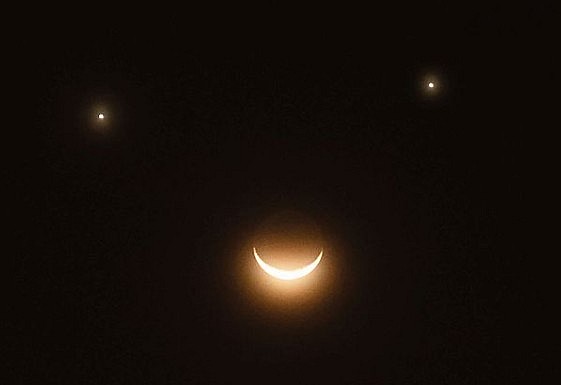 |
| Rare 'Smiley Face' Moon About to Hit The Sky With Venus And Saturn |
While it’s not quite an emoji in space, this fleeting celestial formation is a treat for stargazers, offering a striking visual and a rare astronomical event known as a conjunction.
What Exactly Is the “Smiley Face” Sky Event?
This rare sky show happens when the waning crescent moon joins Venus and Saturn in close proximity just before sunrise. From many parts of the U.S. and the U.K., the configuration will appear tilted low on the eastern horizon, forming a triangular shape that loosely resembles a smiling face — one that's slightly skewed, maybe pouting a little, and certainly cosmic in scale.
-
Venus, the brightest object in the night sky after the moon, will shine like a brilliant “eye.”
-
Saturn, fainter but still easily visible to the naked eye, will serve as the second “eye,” positioned slightly below and to the right.
-
The Moon, a slender crescent just days before going dark, arcs beneath them to form the “smile.”
While the resemblance is subjective and best seen with a touch of imagination, the alignment is scientifically significant and visually stunning.
When and Where to See the Alignment
Date: Best viewed on the mornings of Thursday, April 24 and Friday, April 25, 2025
Time: Approximately 45–60 minutes before sunrise
Location: Look low on the eastern horizon from a dark, clear location away from city lights
In New York, sunrise is at 6:02 AM, so aim to start observing around 5:00 AM. In London, with sunrise at 5:47 AM, the best viewing time is between 4:45 and 5:30 AM.
Cloud cover, light pollution, and tall buildings may obstruct the view, so try to find a wide-open area with an unobstructed eastern view.
What Makes This Event Special?
This event isn’t just charming — it’s also a textbook conjunction, a term astronomers use to describe two or more celestial bodies appearing close together in the sky. But there’s more than just the quirky "smiley" visual appeal here.
-
The Moon will be an ultra-thin crescent, just two days before the new moon on April 27. Though most of its surface will be in shadow, you may see the faint glow of the full disk thanks to earthshine — sunlight reflected from Earth dimly lighting up the Moon’s dark side.
-
Venus is currently approaching its peak brightness. On April 27, it reaches “greatest brilliancy,” shining at a dazzling magnitude of -4.4 — a beacon of light in the pre-dawn sky.
-
Saturn, though more subtle than Venus, will still be easily visible. If you have a telescope or binoculars, you might even catch a glimpse of its iconic rings.
-
Mercury will also be nearby, hugging close to the horizon. It’s visible to the naked eye, though trickier to spot in the dawn light.
-
Jupiter and Mars will also be in the sky earlier in the night, rounding out a spectacular multi-planet morning show.
 |
| Smiley Face In The Sky |
How to View the Event Like a Pro
Whether you're a seasoned stargazer or just curious, here’s how to make the most of the event:
-
Go early: Aim to be in position 45–60 minutes before sunrise.
-
Look east: That’s where all the action is happening.
-
Use tools: A pair of binoculars can make the crescent moon's earthshine and Saturn’s rings pop. A telescope? Even better.
-
Check the weather: Clear skies are a must. Cloud cover will ruin visibility.
-
Capture it: With a smartphone tripod or DSLR camera, you can try photographing the conjunction. Use long exposure settings for best results.
Why Events Like This Matter
While conjunctions aren't rare, a visual alignment that resembles a smiley face is extremely unusual. These events are opportunities to reconnect with the rhythms of the cosmos — to pause, look up, and see something beautiful that doesn’t come from a screen.
In a world full of digital noise, the sky reminds us of the larger universe we’re a part of. The April “smiley face” may be fleeting, but its impression could last a lifetime.
Don’t Miss It — Next Time Won’t Be Soon
This kind of planetary-moon conjunction won’t happen in the same way again for years. And Venus won’t reach this level of brightness again until November 2026. So whether you're in Los Angeles or London, set your alarm early, grab a coffee, and step outside. The universe has something to smile about — and it's inviting you to look up and join in.
 The December Black Moon: A Rare Astronomical Phenomenon The December Black Moon: A Rare Astronomical Phenomenon The celestial dance of the moon has always captivated humanity, inspiring myths, scientific inquiries, and artistic expression. On December 30, 2024, an extraordinary event in ... |
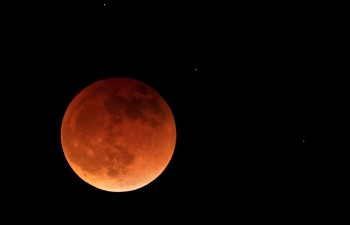 When is the Blood Worm Moon and How to Watch in the US When is the Blood Worm Moon and How to Watch in the US Skywatchers across the United States are in for a celestial spectacle as the "Blood Worm Moon" lights up the night sky. |
 When Is the Full Moon in May 2025? The Flower Moon Calendar in the U.S When Is the Full Moon in May 2025? The Flower Moon Calendar in the U.S The Flower Moon rises in May 2025, bringing bright skies and seasonal meaning. Discover when it peaks, where to see it best in the U.S., ... |



